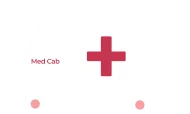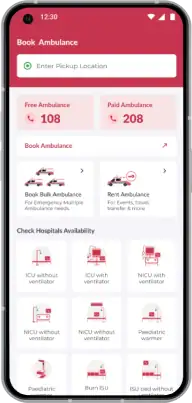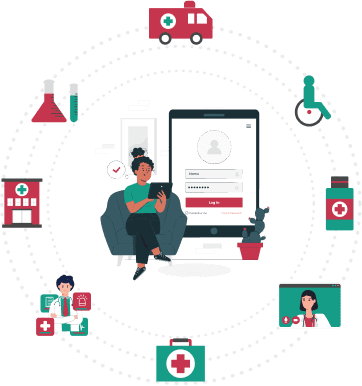In a world full of uncertainties, having the knowledge and confidence to act during medical emergencies is a superpower we can all possess. Imagine being that crucial link between life and immediate help. This is where public awareness about when to call an ambulance and providing basic medical training steps in, transforming ordinary individuals into real-life heroes.
Need of Public Awareness:
Emergencies strike without warning and knowing how to respond can make all the difference. Educating the public about when to call an ambulance empowers individuals to assess situations accurately and take prompt action. Whether it's recognizing signs of a heart attack, understanding the gravity of a fall or identifying allergic reactions, this knowledge can save lives.
When to Call an Ambulance:
Chest Pain and Breathing Difficulties: If someone experiences severe chest pain or difficulty breathing, these could be signs of a heart attack or respiratory distress. It's better to call an ambulance than wait.
Unconsciousness or Altered Mental State: When someone loses consciousness, acts confused or becomes disoriented suddenly, it might indicate a medical emergency requiring immediate medical attention.
Severe Bleeding and Trauma: Injuries leading to uncontrollable bleeding, like accidents or deep wounds, need professional intervention. An ambulance can provide life-saving aid on the way to the hospital.
Stroke Symptoms: Sudden weakness on one side of the body, difficulty speaking and confusion might indicate a stroke. Quick response is crucial to reduce potential brain damage.
Allergic Reactions: Severe allergic reactions can cause difficulty breathing, swelling and more. An ambulance can administer life-saving treatments en route to medical care.
Also read: 10 Most Common Types of Emergency Calls in India
Empowering with Basic Medical Training: While calling an ambulance is crucial, providing basic medical aid before help arrives can be equally vital. Basic medical training equips individuals to administer initial care, stabilize the patient and potentially improve outcomes. Simple actions like performing CPR, stopping bleeding or aiding someone who's choking can make a life-saving impact.
The Ripple Effect of Public Awareness: Educating one person creates a ripple effect that spreads throughout the community. When people know what to do during emergencies, it creates a safer environment for everyone. Neighbors, friends, family members and even strangers can contribute to better outcomes by acting confidently in critical moments.
Overcoming Fear and Uncertainty: Emergencies can be scary and overwhelming, leading to hesitation or panic. Education and training help individuals overcome fear and uncertainty. When you know what to do, you're more likely to stay calm and take effective action, ultimately helping the person in need.
Community Resilience: Communities that are well-informed and trained become more resilient. They're better prepared to handle emergencies, whether it's a minor accident or a major disaster. This collective readiness forms a safety net that can minimize the impact of emergencies on individuals and the community as a whole.
Accessible Training: Basic medical training doesn't have to be complex. Many organizations offer simple, user-friendly courses that teach life-saving techniques. Online resources, workshops and community programs make it easy for anyone to learn essential skills.
Conclusion: Empowerment in Action
Imagine a world where each individual possesses the knowledge and skills to make a difference during emergencies. By educating the public about when to call an ambulance and providing basic medical training, we're creating a community of confident responders, ready to act when seconds matter most.
So, let's empower ourselves and our communities. Let's turn uncertainty into confidence, fear into action and potential tragedy into life-saving interventions. Whether it's knowing when to dial that emergency number or applying basic medical aid, every step we take in education and training is a step towards a safer, stronger and more caring world.






